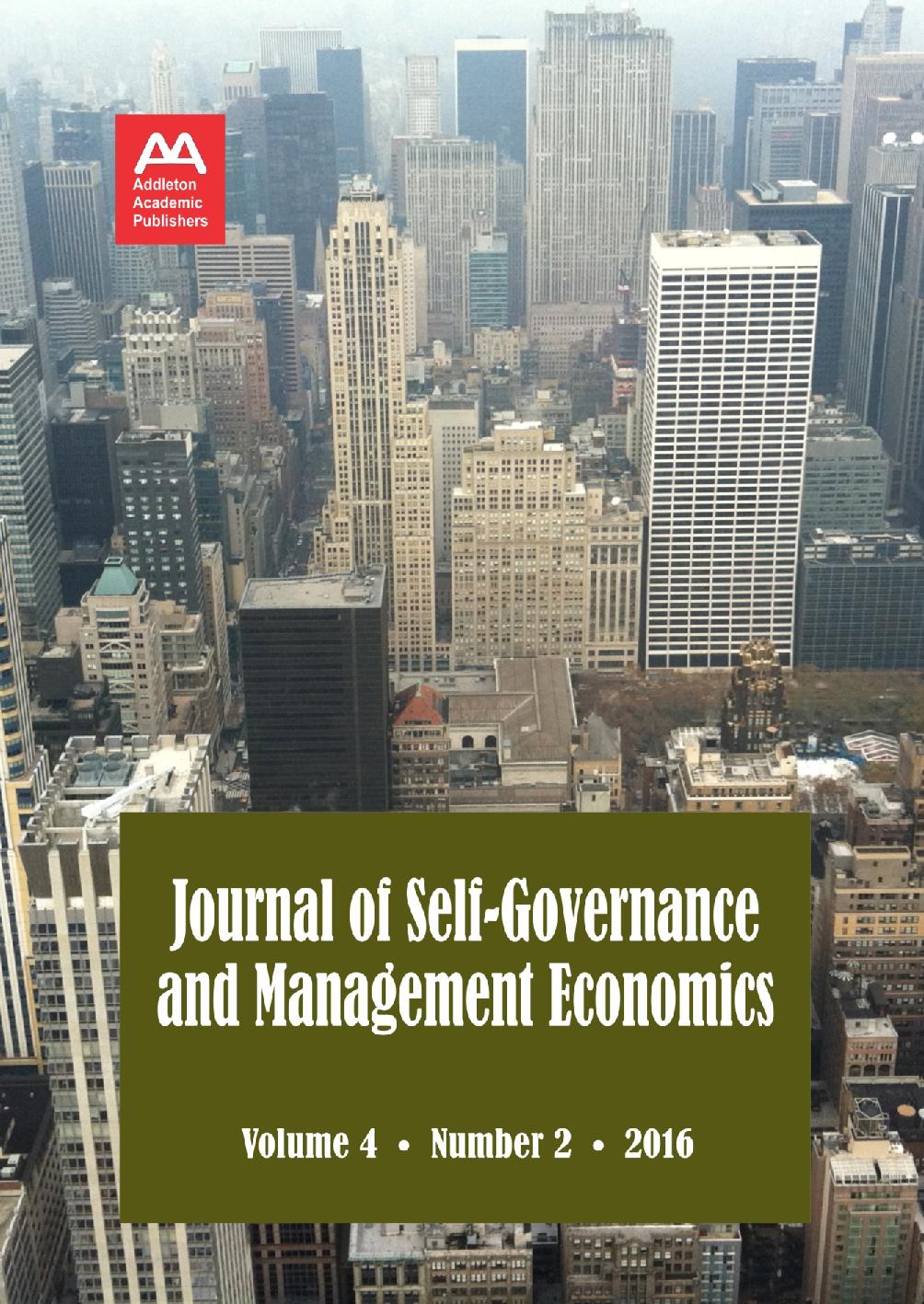MODELS OF THE INTERNATIONAL ECONOMIC DEPENDENCE OF PACIFIC MICROSTATES: A CRITICAL REVIEW WITH IMPORTANT IMPLICATIONS FOR INTERNATIONAL POLICIES AND RELATIONS
MODELS OF THE INTERNATIONAL ECONOMIC DEPENDENCE OF PACIFIC MICROSTATES: A CRITICAL REVIEW WITH IMPORTANT IMPLICATIONS FOR INTERNATIONAL POLICIES AND RELATIONS
Author(s): Clement TisdellSubject(s): Social Sciences, Economic policy, Environmental and Energy policy, International relations/trade
Published by: Addleton Academic Publishers
Keywords: aid; China; economics of small island nations; migration; MIRAB model; Nauru; Pacific island microstates; sea level rise; remittances
Summary/Abstract: Most (but not all) Pacific island communities achieved self-government in the last half of the 20th century. However, they still remain highly dependent economically on larger and wealthier patron-nations. Drawing on the available literature, this paper critically examines competing models of their dependence and its governance implications. In doing so, it gives particular attention to the MIRAB model. The MIRAB model of Pacific island micro-economies was developed in the mid-1980s by the New Zealand academics, Bertram and Watters, and dominated the literature on the economics of small island nations and economies until alternative models were proposed two decades later. Nevertheless, it is still an influential theory. MIRAB is an acronym for migration (MI), remittance (R) and foreign aid (A) and the public bureaucracy (B); the components of the MIRAB model. The nature of this model is explained and the importance of distinguishing between the two processes involved in it (one based on foreign aid and the other on overseas remittance) is emphasized. Evidence is given of the importance of migration and overseas remittance for the functioning of some Pacific island microstates, such as Tonga. Yet, it is argued that no single model adequately typifies the economic situations of Pacific microstates and micro-economies because of their diversity. Even economies that have been classified as MIRAB economies can be very different. The newer TOURAB, SITE and PROFIT models have similar limitations. In order to understand adequately the economic situation of Pacific island microstates (including their economic vulnerability, their sustainability, and political susceptibilities), it is necessary to adopt a more holistic approach which takes account of historical, cultural and environmental factors. This is illustrated by the case of Nauru. It is shown that the international economic dependence of Pacific island microstates and their environmental vulnerabilities have made them susceptible to political influence by patron nations. This has important implications for international affairs. Furthermore, new patron nations, such as China, are emerging, as traditional donors reduce their aid to Pacific island nations. This concerns their traditional donor countries. Reasons for relevant changes in international relations in the Pacific are suggested, and the impact of political independence on the economic fortunes of microstates is considered. Despite the limitations of existing models of the external economic and political dependence of microstates, it is found that they are useful starting points for selectively assessing external economic relations and changes in these.
Journal: Journal of Self-Governance and Management Economics
- Issue Year: 4/2016
- Issue No: 2
- Page Range: 7-27
- Page Count: 21
- Language: English
- Content File-PDF

